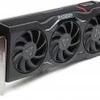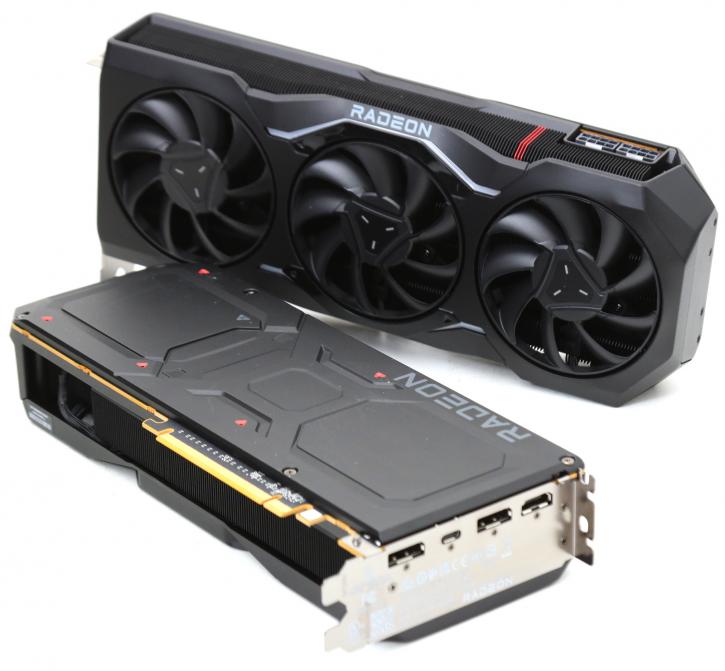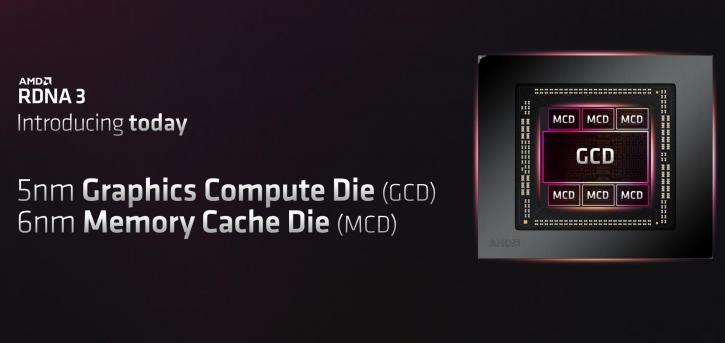Introduction
AMD Radeon RX 7900 XTX review
We have the flagship Radeon RX 7900 XTX, which uses the latest rDNA3 GPU architecture and has 24 GB of graphics memory. When tested against the GeForce RTX 4080, the card holds its own. And it is a plus for a product costing $999. When compared to other flagship GPUs, the RX 7900 XTX's specs do not seem too excessive. You get boost rates approaching 2.5GHz and a massive 24GB of GDDR6 memory, the same as the RTX 4090 at far lower cost. The clock speed, however, is a bit convoluted, as we will explore in more detail below. Right now, memory capacity is the most crucial metric to highlight. Despite employing 24GB of memory like Nvidia's current flagship, the RTX 4090, AMD's RX 7900 XTX employs slower GDDR6 memory. Memory rates that are faster are generally better. However, this is not always the case. Because of the RX 7900 XTX's huge 384-bit memory bus, the card's memory is not as quick as other options is has more bandwidth thanks to an infinity cache. Two cards are launched for the initial launch: the 7900XT and 7900 XTX. Both are based on the Navi 31 GPU, which has RDNA3 architecture and is based on a new chiplet design. Yeah, chiplets man, and it's a big GPU, alright. The die area of the Navi 31 graphics processor chip is 300 mm2. AMD confirmed that its RDNA 3 graphics processing units (GPUs) have a huge performance boost. AMD will highlight some of the essential parts of the RDNA 3 GPUs, such as:
AMD promotes game clock of 2.3GHz for the RX 7900 XTX, which is the speed at which you can anticipate the card to operate at while actually playing games. However, the system is not constrained to a single clock speed; the boost clock speed can go higher. AMD stated that it achieves greater efficiency with no appreciable decrease in performance by using slightly lower clock speeds on the computing units themselves. David Wang, the company's Senior Vice President of Engineering for the Radeon Technologies Group, said that the next-generation GPUs for the Radeon RX 7000 series would be more efficient than the current RDNA 2 GPUs by more than 50% per watt. On the next page, we'll dive a bit deeper into the architecture, after which we'll go full onwards into an in-depth review of AMD's most exquisite offerings. Join us in the might of the XTX review.



